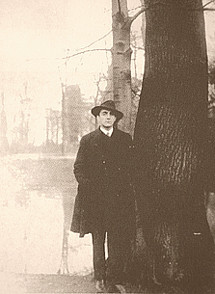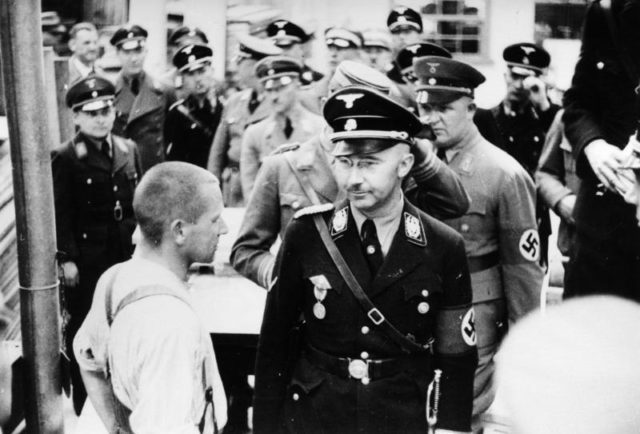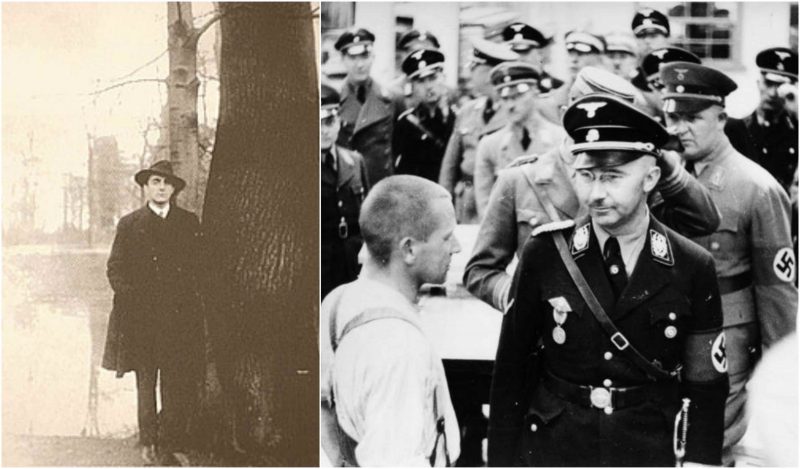Otto Wilhelm Rahn was a German author, poet, medievalist, SS officer, Grail-seeker, and the inspiration for the fictional character Indiana Jones. Most of his published work is about the Holy Grail, which he believed was real and could be found. His ideas perfectly suited the Nazis; while he worked as a First Lieutenant of the SS in the South of France, there was speculation that they might have uncovered the Grail.

Even though very little is known about Rahn there are some biographical details. As a child, he was fascinated by the legends of Parzival, the Holy Grail, Lohengrin, and the Nibelungenlied. Later, he studied at the University of Giessen, and while his idol was the German archaeologist Heinrich Schliemann, Rahn was also inspired by his professor Baron von Gall who encouraged him to study the Albigensian (Cathar) movement and the massacre in Montségur. Apparently, he had said that the subject “completely captivated” him.

The Mountain Montségur with the ruins of the same name Katharerburg where Rahn searched for the Grail. Photo credit
So, he traveled to the Pyrenees region in the South of France to research on the subject in 1931. He got a financial and collaborative support by the French mystic and historian Antonin Gadal, who dedicated his life to studying the spirituality, beliefs, and ideology of the Cathars. Rahn was convinced that the Cathars had the answer to the Grail mystery and claimed that there was a connection between Wolfram von Eschenbach’s Parzival and the Cathar Grail mystery. He believed that he would find the answers near the fortress of Montségur.

Heinrich Himmler visited the Dachau concentration camp, where Rahn worked 1938 Security guard. Photo credit
After two years of research and writing, Rahn published his work in his first book in 1933 – Kreuzzug gegen den Gral (Crusade Towards the Grail) where he argued the theory of the connection between Montségur and Cathars with the Holy Grail. In 1937 he published another book on the subject Luzifers Hofgesind (Lucifer’s Court) and got the attention of Heinrich Himmler, the head of the SS. Himmler, who was a strong believer in the occult, was intrigued by Rahn’s work. Himmler had already initiated research in the south of France where Rahn joined as a junior non-commissioned officer, only to become a full member of the SS in 1936.
However, it was not because Rahn was supportive of the Nazis that he formally became one, but in his words: “A man has to eat. What was I supposed to do? Turn Himmler down?”

However, his SS status didn’t last long. He was the opposite of all that a Nazi officer was supposed to be. He was openly homosexual, he had friends that opposed the Nazis, and didn’t have the same perspective and aims as them. So he resigned from the SS in 1939. But his retirement didn’t go smoothly, at the end, he got in trouble with the Nazis. The Gestapo was after Rahn, and they even offered him the option of committing suicide. The same year he was found frozen to death in Austria.
